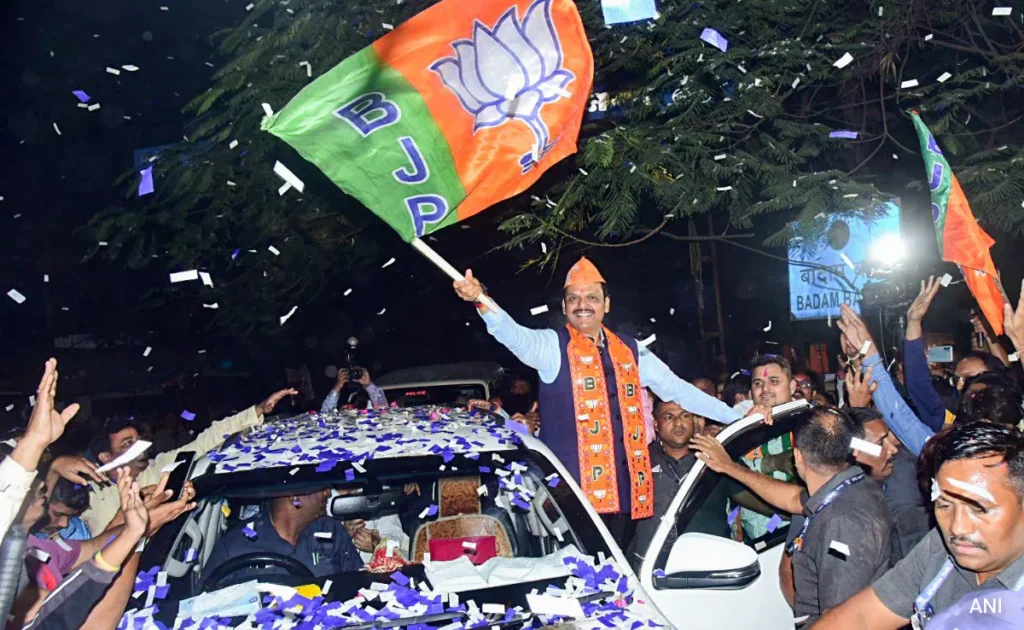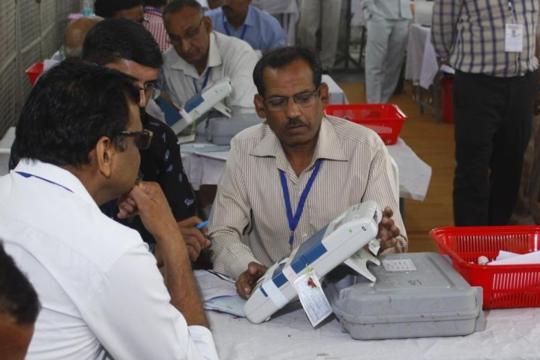
The Mahayuti alliance’s triumph in Maharashtra has brought the BJP back on the national scene, and how. Winning Maharashtra is no small feat. More so, when the BJP-led coalition was the incumbent and had been formed after splitting Shiv Sena. Just four months ago in parliamentary elections, Mahayuti had lost a majority of seats in the state to the INDIA Alliance. But the exact opposite has happened now. Why and how are questions that are being fervently debated. There have been reams of assessments and analysis on the topic in newspapers besides hundreds of hours of discussions on broadcast media.
But now all such analyses are in hindsight, so don’t hold much value. Winning makes all means to achieve it look good. A more meaningful analysis would involve predicting a party’s chances of winning or losing an election while its strategies are being executed, not when we have the outcome. But that is rarely the case.
This, however, doesn’t mean that a post facto analysis doesn’t count. A party’s victory can be directly attributed to the strategies adopted by it. And it is now apparent that the BJP’s combative, no-holds-barred style of campaigning gave it a distinct edge over its complacent opponents.
After the Maharashtra result, one can’t help but wonder what makes the BJP tick and frequently come back from behind to stage a spectacular return to the centre stage? What makes the party grow from strength to political strength with such effortless ease, after some occasional reverses? The answer to the question is complex, yet seems very self-evident. In over ten years that the saffron party has been in power at the national level, it has inventively expanded its political appeal to be all things to all the people –right from its core rightwing base through the centre to the left.
For example, the party’s social, economic and ideological agenda and its credibility to execute these on the ground make all the difference. The BJP is strongest on all these fronts. More so, in its ideological agenda: Hindutva has now widest acceptance across the country. No other party’s ideology comes even close, least of all that of Congress whose secular credentials now carry little conviction even within the party itself. The parties like the AAP have left this area conspicuously ambivalent. The actions of Kejriwal in recent years clearly suggest that the AAP has made not so subtle appeals to Hindu religion and majoritarianism to protect and grow its base. The party’s trump card, however, has been its model of governance that it has perfected in Delhi, and which over the years has attracted notice from across the country.
As things stand, the lacklustre politics of the opposition remains its bane. It will have to get its act together in the months to come to offer a more credible political challenge to the BJP. It would be an uphill task. The BJP in its current avatar will not only need the opposition unity but also an alternative ideological narrative. The saffron party offers a deft blend of ideology, welfare, and sectarian politics. It has Prime Minister Narendra Modi as an overarching leader. With its robust electoral machinery, the BJP has evolved into a formidable and all-encompassing political force.
Congress, on the other hand, comes alive spasmodically, and then retreats into a shell. For all its brief revival during national polls, the party’s presence on the ground is depleting by the day and one can’t see even distant signs that it will recover sustainably anytime soon. That is, unless there is a fundamental shift in the kind of politics the party has been practicing for many years now. It is clear from its current plight that the party lacks ideas, ideology, organization, and above all leadership.
That said, what could be the likely impact of the BJP’s Maharashtra victory on Jammu and Kashmir? A section of opinion in the union territory believes that one of its significant outcomes could be the delay in restoration of statehood. With the saffron party back in the ascendant after a setback in general elections, it will be under no pressure to let go of the control of J&K that it indirectly rules.
The BJP is the second largest party in the J&K Assembly with 29 seats, all of them from Jammu where it continues to wield significant influence. Only thing that prevented it from forming the government in the union territory was that the voters in Kashmir largely rallied around the National Conference that got 42 seats. The NC-Congress-CPI(M) have 49 seats between them. And in the case of any unlikely defection in the NC in future, the BJP could very well be forming J&K’s first Jammu-dominated elected government, led probably by a Hindu chief minister. However, even otherwise, the BJP-led central government is a de-facto ruler in the existing hybrid arrangement with power being shared between the Lieutenant Governor Manoj Sinha and the NC-Congress alliance – albeit unequally in favour of the former. The arrangement suits the BJP and it may prefer to stick with it for an indefinite time.
- Views expressed in the article are the author’s own and do not necessarily represent the editorial stance of Kashmir Observer
Follow this link to join our WhatsApp group: Join Now
Be Part of Quality Journalism |
Quality journalism takes a lot of time, money and hard work to produce and despite all the hardships we still do it. Our reporters and editors are working overtime in Kashmir and beyond to cover what you care about, break big stories, and expose injustices that can change lives. Today more people are reading Kashmir Observer than ever, but only a handful are paying while advertising revenues are falling fast. |
| ACT NOW |
| MONTHLY | Rs 100 | |
| YEARLY | Rs 1000 | |
| LIFETIME | Rs 10000 | |










